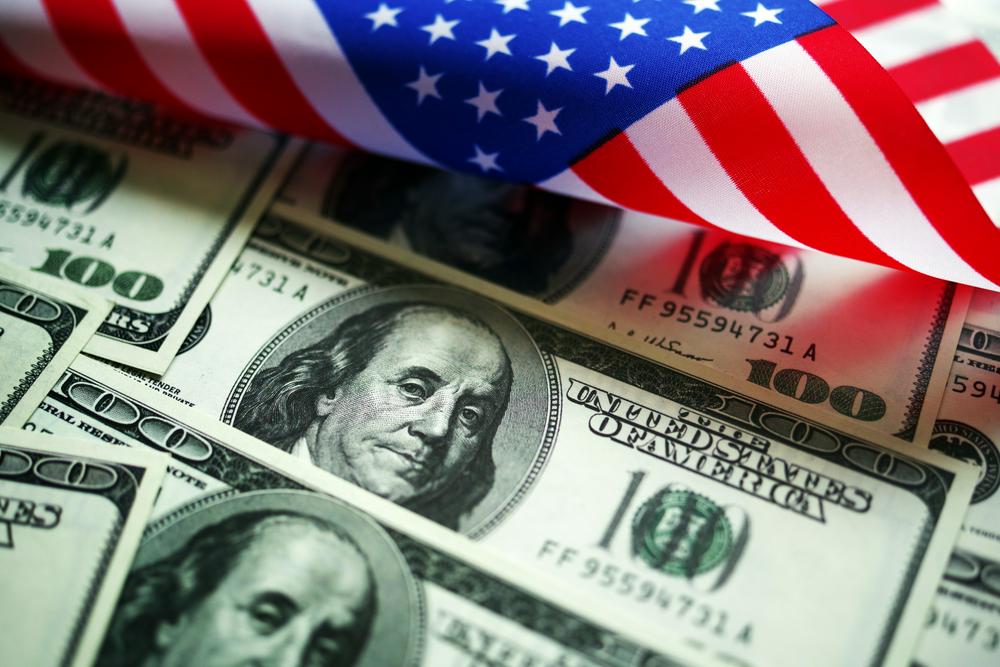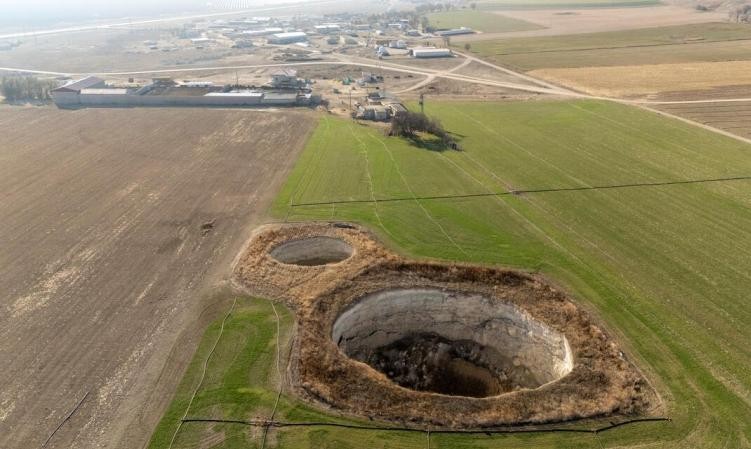
On September 18th, the Federal Reserve announced a 25 basis point cut in the target range for the federal funds rate to between 4.00% and 4.25%. This is the first interest rate cut by the Federal Reserve in 2025 and the first rate adjustment since December 2024, marking a new stage in the US monetary policy. This decision to cut interest rates highlights the Fed's difficult trade-offs against the backdrop of contradictory economic data signals.
The Federal Reserve's decision to cut interest rates this time is mainly based on the reality that the job market has deteriorated significantly. According to data from the US Department of Labor, the number of non-farm payrolls in the United States increased by only 22,000 in August 2025, far below the market expectation of 75,000. Meanwhile, the unemployment rate rose to 4.3%, reaching a new high in nearly four years. What is more worth noting is that the US Department of Labor has made a significant revision to the previous employment data, reducing a total of 911,000 jobs. This huge revision indicates that the actual performance of the US job market is weaker than previously shown in the data. In its policy statement, the Federal Reserve adjusted its assessment of the labor market accordingly, acknowledging that "job growth has slowed and the unemployment rate has risen slightly."
This interest rate cut is a typical "preventive rate cut", reflecting the Federal Reserve's prudent judgment on the economic situation and its forward-looking regulatory intentions. Although inflation has not yet fully returned to the long-term target of 2%, the CPI still rose by 2.9% year-on-year in August. However, the Federal Reserve is more concerned about the long-term trend of inflation and changes in economic momentum. Federal Reserve Chair Powell emphasized at the press conference that this interest rate cut is a "preventive rate cut" based on the weak non-farm payroll data, a preventive response to potential downside risks, rather than based on the reality of an economic recession.
This decision-making process also highlighted the influence of political factors on monetary policy. Since taking office, US President Donald Trump has continuously pressured the Federal Reserve to cut interest rates. At this meeting, Stephen Milan, who was nominated by Trump and has just been appointed as a member of the Federal Reserve's board of Economic Advisers, cast the only dissenting vote, arguing that the rate cut should reach 50 basis points. This situation has raised questions about the independence of the Federal Reserve's policy, and Powell had to reaffirm at the press conference that he will firmly safeguard the independence of the Federal Reserve.
Although the Federal Reserve's interest rate cut aims to support the economy, it also brings multiple risks. Firstly, interest rate cuts and tariffs may have a cumulative effect, making it more difficult for the Federal Reserve to achieve its goal of controlling inflation. Although the inflation rate is expected to reach 3% by the end of the year, higher than the Federal Reserve's 2% target, policymakers believe that the downside risks to employment have increased, and thus are paying more attention to the conditions of the labor market. Secondly, the Fed's interest rate cut will intensify global liquidity easing, drive capital to flow into emerging markets, boost risky assets such as the stock market and real estate, and drive up global risk appetite. At the same time, the weakening of the US dollar will support the prices of commodities denominated in US dollars.
For all economies, maintaining policy resolve is necessary in response to changes in the Federal Reserve's policies. Experts suggest that we should adhere to the regulatory approach of "putting our own interests first", maintain the autonomy of monetary policy, and flexibly apply various policy tools to precisely exert efforts to ensure reasonable and ample liquidity. At the same time, it is necessary to strengthen expectation management, deepen the market-oriented reform of exchange rates, and enhance the flexibility of exchange rates. On the basis of stabilizing employment and prices, we will accelerate the building of a new development pattern with domestic demand as the mainstay, promote high-level self-reliance and self-strengthening in science and technology, and reduce excessive reliance on external demand and capital flows.
For investors, it is necessary to adjust the logic of asset layout in an "atypical cycle". Us Treasuries directly benefit from interest rate cuts, but it is necessary to be vigilant against the disturbance of economic expectation recovery. As a core asset allocation alternative to the US dollar, the value of gold in hedging against currency credit risks is becoming increasingly prominent. The Fed's dot plot shows that most officials expect the Fed to cut interest rates twice more in 2025. Data from the Chicago Mercantile Exchange indicates that the market expects a probability of another 25 basis point rate cut by the Fed in October to be as high as 87.7%.

Due to the continuous decrease in rainfall and the rapid drop in groundwater levels, several large sinkholes have successively appeared in several agricultural areas in central Turkey in recent years, causing great concern among local farmers and environmental experts.
Due to the continuous decrease in rainfall and the rapid dr…
The Prime Minister's Office of Israel said Hamas attacked I…
Fourteen countries including the United Kingdom, France and…
The US Department of Justice said on Wednesday (December 24…
The Japanese government has submitted a draft, planning to …
On December 25th local time, NVIDIA announced a technology …